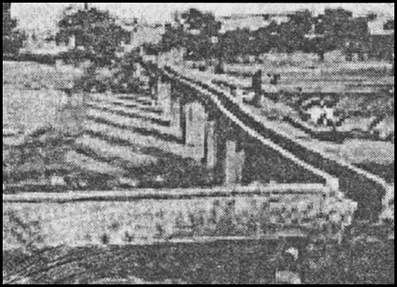How were the water requirements of Vijayanagara met?
The need of water in Vijayanagara was fulfilled from the natural basin formed by the river Tungabhadra which flowed in the northeastern direction. This was surrounded by stunning granite hills which formeu a girdle around the city. These hills were also the source of a large number of streams which flowed down to the river Tungabhadra.

So the rulers of Vijayanagara got built large embankments to store water. They also constricted reservoirs of varying sizes. They also made arrangements to store the rain water as this was the most arid zone of the peninsula. A very large tank was got built in the fifteenth century. It is now called Kamalapuram tank. The water of this tank served the following purposes:
(i) It irrigated the nearby fields.
(ii) It fulfilled the needs of the royal centre.
Besides the ruins of the Hiriya canal have also been found. This canal drew water from a dam across the Tungabhadra river. It irrigated the cultivated valley.
What have been the methods used to study the ruins of Hampi over the last two centuries? In what way do you think they would have complemented the information provided by the priests of the Virupaksha temple?
What do you think were the advantages and disadvantages of enclosing agricultural land within the fortified area of the city?
What do you think was the significance of the rituals associated with the Mahanavami dibba?
Fig. 7.33 is an illustration of another pillar from the Virupaksha temple. Do you notice any floral motifs? What are the animals shown? Why do you think they are depicted? Describe the human figures shown.